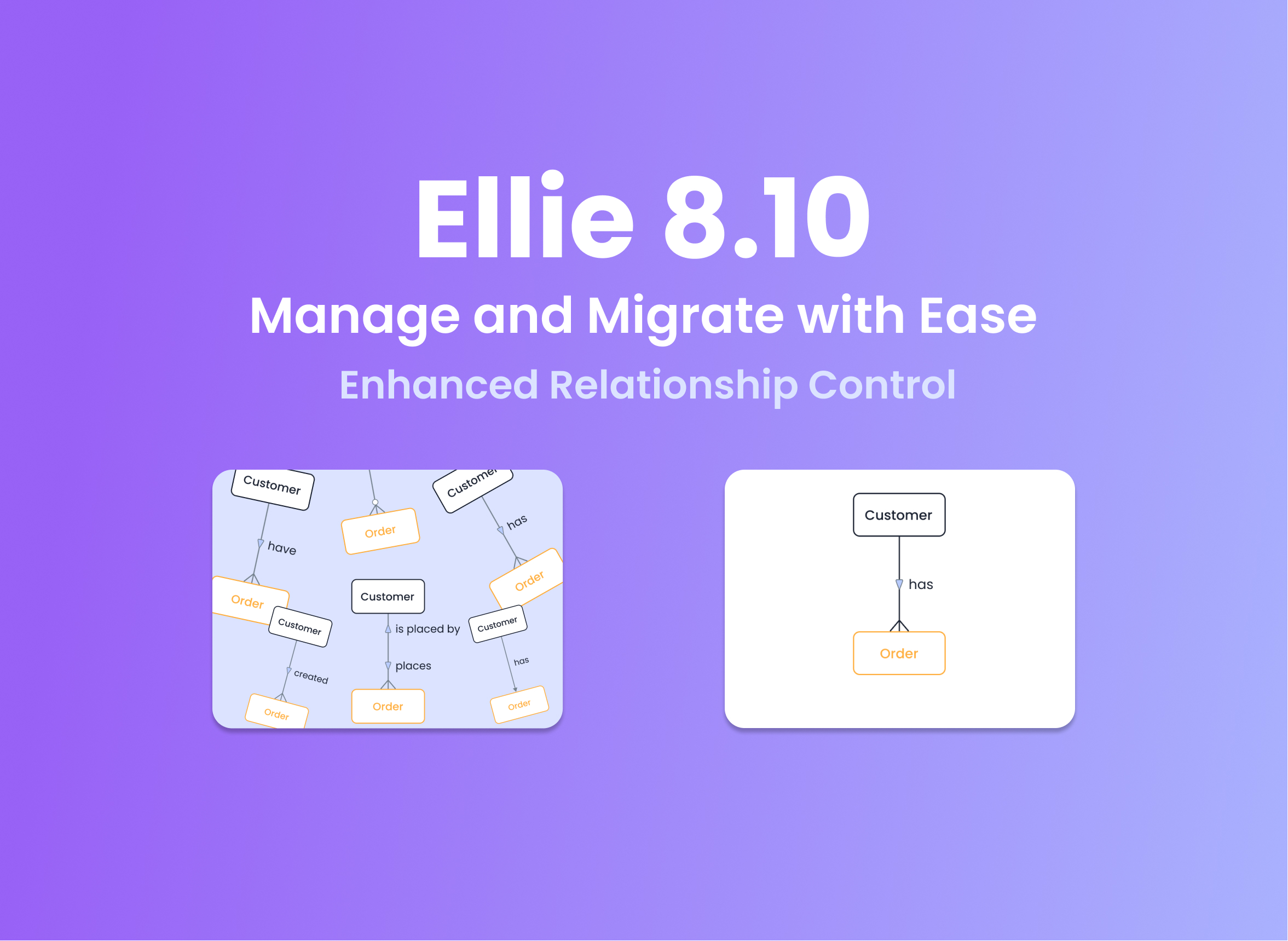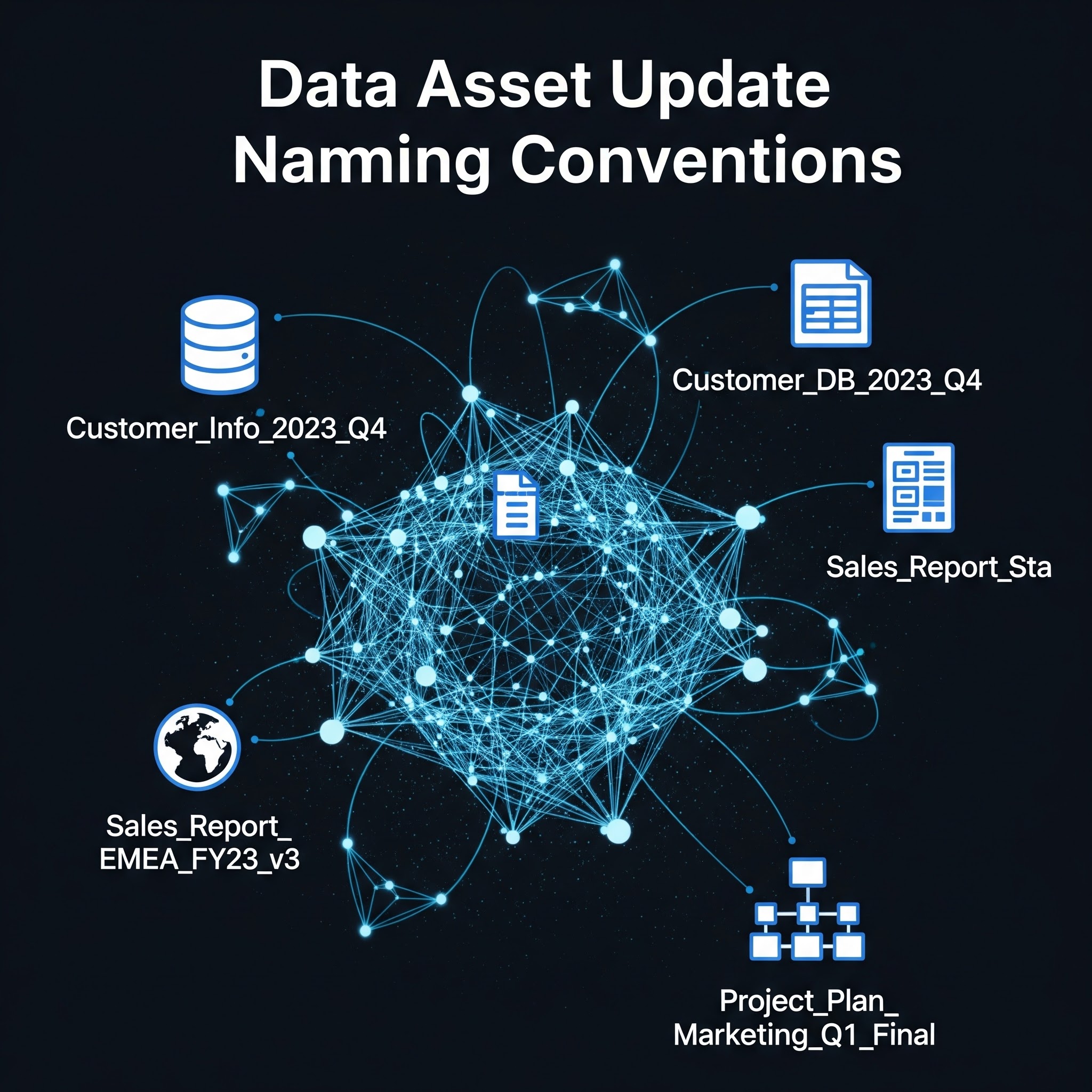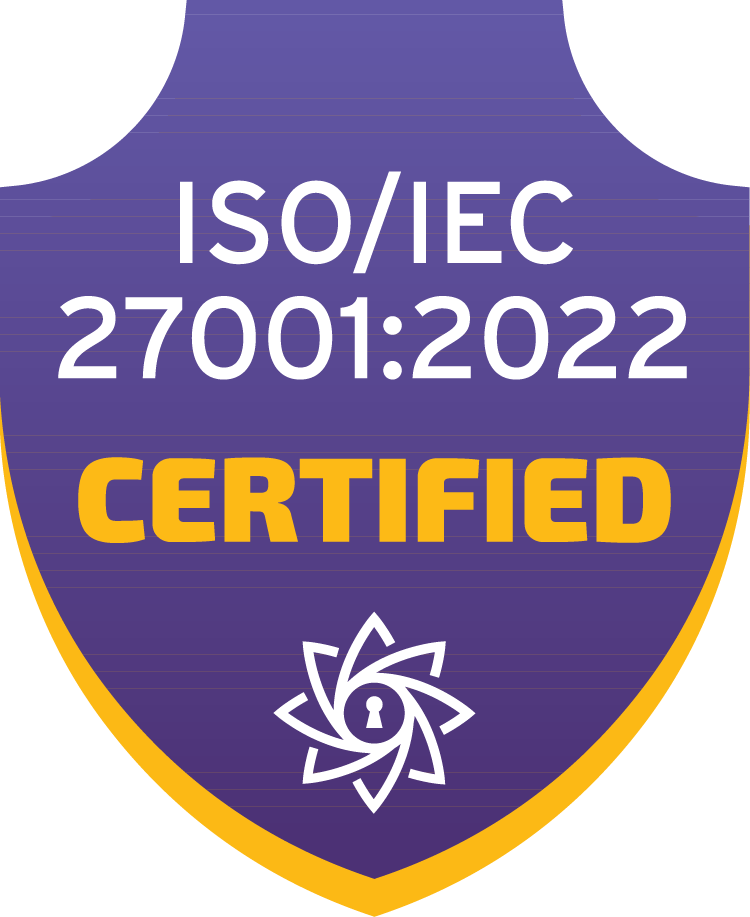Ellie Version 7.0 - Introducing a Better Way to Organize Your Ellie Environment with 'Folders'

Ellie is introducing updates to improve data organization and usability. It is a big change in how you will work within Ellie. You will receive more information on the date you can expect the update next week.
So please read our blog to ensure you’re aware of all the relevant updates. You will find additional information in our knowledge base.
Essentially, our “Collections” feature has been reimagined as “Folders”.
It goes well beyond just renaming it.
Folders offer the ability to have a multi-level structure to manage multiple glossaries and domain-specific data models.

Folders & Dedicated Glossaries
You can now have a folder structure with the “organization” folder as the root folder. You can currently have models and entities here.
Each folder within the organization can have subfolders as well, which is a deviation from “collections”.
However, the key addition is the ability for each folder to have its own dedicated glossary—or a “sub-glossary”. The glossaries are not linked, and are independent of each other.
This gives you greater control over entity definitions and meanings within specific domains, projects, or teams.

What Does This Really Mean?
- For instance, you can define an entity “customer” at an organizational level within the shared company-level glossary.
- You can also define “customer” at a domain level within a subfolder that’s intended to be used within a specific domain.
- You can share a domain-level definition for “customer” with another domain because a subfolder can access any sub-glossary.
- You can “clone” an existing entity in a glossary and redefine it to be used in another folder (saved within a sub-glossary attached to the subfolder).
- While each folder can have its own sub-glossary, it is not necessary to have one. The folder can use organization-level or other sub-glossaries.
- You can restrict a folder’s access to specific glossaries.
- Subfolders inherit any restrictions of the parent folder by default. You can update these at any time.
Giving a folder access to specific glossaries bridges gaps across domains, enabling teams to leverage business terms defined in other parts of the organization without duplicating effort.
Plus, users can reference glossaries, ensuring the accuracy of cross-functional data models.
How User Roles Work with Folders

- Admins can create folders anywhere.
- They can edit folders, including the models and the sub-glossaries in it.
- Write users can also create folders.
- They can edit them—including the models and glossary items within—as long as they have edit rights to that folder.
- Write users can create restricted folders. A restricted folder is one that only admins or selected editors can work in (create or edit models and the glossary).
- Anyone with edit rights to a folder can limit who has edit access to it.
How Your Collections will be Migrated to the Folder Structure
- Each collection you’ve created will automatically become a folder.
- Any “restricted entities” you have in a collection will be added to the sub-glossary of the resulting folder.
- If a restricted entity is used in models in more than one collection, we will give you the ability to move it to the sub-glossary of your choice.
How the User Interface will Change
The left panel will show you all the folders in your organization. Click into a folder to see the models and entities in it. Click the folder icon to see the subfolders.
The “Home” view has been renamed to “Recents”. As before, it has the things you’ve been working on most recently—be it a folder, a model or an entity.
The “Glossary” and “Model” views will no longer exist.
The “Quick Edit” function in a Conceptual Model is temporarily deprecated; a new version will be added later on.
A new “Search” option will appear lower in the left panel. You can use this to search for models or glossary items. Learn more about our advanced search feature here.
We’re Here to Help
If you have any questions about these changes or would like to have access to an early demo environment for testing, please contact support@ellie.ai or ask a question in our Slack community.







.jpg)

